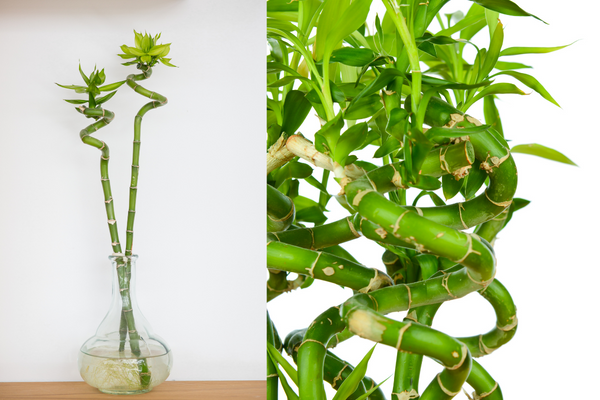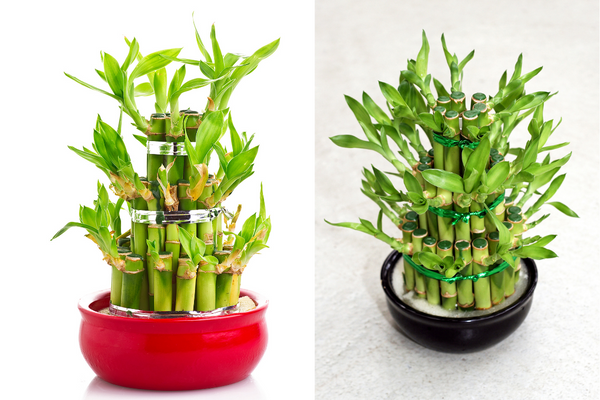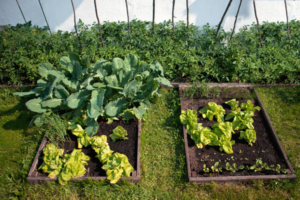Bamboo plants are a beautiful and unique addition to any home. They are also easy to care for, making them a great choice for anyone looking for a low-maintenance plant. In this blog post, we will cover everything you need to know about growing and maintaining a bamboo plant at home.

Bamboo Plant Overview.
Bamboo is a type of grass that is native to many parts of Asia, Africa, and South America. There are over 1,000 different species of bamboo. The most common types of bamboo plants are: Phyllostachys, Fargesia, and Bambusa.
Phyllostachys is a genus of running bamboo. Running bamboo can spread aggressively and may need to be contained with underground barriers. Fargesia is a genus of clumping bamboo. Clumping bamboo does not spread aggressively and does not require containment. Bambusa is a genus of tropical timber bamboo. Tropical timber bamboo can grow up to 40 feet tall and is often used in construction.
Bamboo Plant Benefits.
Bamboo plants offer many benefits including: erosion control, privacy screening, windbreaks, and shade tolerance. Bamboo is also one of the fastest-growing plants in the world, making it an excellent choice for landscaping projects where quick results are desired.
How to Grow a Bamboo Plant.
Bamboo plants are not picky when it comes to soil type, but they do prefer soil that is well-draining. If your soil is heavy or clay-like, you can improve drainage by mixing in some sand. Bamboo also requires a lot of water, so make sure to water your plants regularly, especially during hot summer months.
Planting and Spacing Requirements.
When planting bamboo, it is important to take into account the plant’s eventual size. Most bamboo species can grow quite large, so make sure you have enough space for your plant to reach its full potential. It is also important to give bamboo plants enough room to spread out – most varieties need at least 3 feet (1 meter) of space between them.
Fertilizing Requirements.
Bamboo plants are heavy feeders and will benefit from being fertilized on a regular basis. A general-purpose fertilizer should be applied every few weeks during the growing season. For best results, choose a fertilizer that contains nitrogen, phosphorus, and potassium in equal proportions (a 10-10-10 fertilizer works well).

How to Maintain a Bamboo Plant.
Bamboo plants can be pruned to control their size and shape. When pruning, it is important to make clean cuts at the desired height or width. Bamboo can also be thinned out by removing entire culms (stalks). This is typically done to promote air circulation and sunlight penetration into the center of the plant.
Pruning is typically done in late winter or early spring, before new growth begins. However, bamboo can be pruned at any time of year if necessary.
Pest and Disease Control.
Bamboo plants are relatively resistant to pests and diseases, but they can occasionally be affected by aphids, scale insects, or root rot.
Aphids can be controlled by spraying the plants with water or insecticidal soap. Scale insects can be controlled with horticultural oil or insecticidal soap. Root rot can be prevented by planting bamboo in well-drained soil and avoiding over-watering. If root rot does occur, it is important to remove any affected roots and replant in fresh soil.
Conclusion
If you’re looking for an easy-to-care-for houseplant that offers a plethora of benefits, look no further than the bamboo plant. In this blog post, we’ve outlined everything you need to know about growing and maintaining a bamboo plant at home, from soil and water requirements to pest and disease control. So what are you waiting for? Get out there and start growing your very own bamboo plant today!

